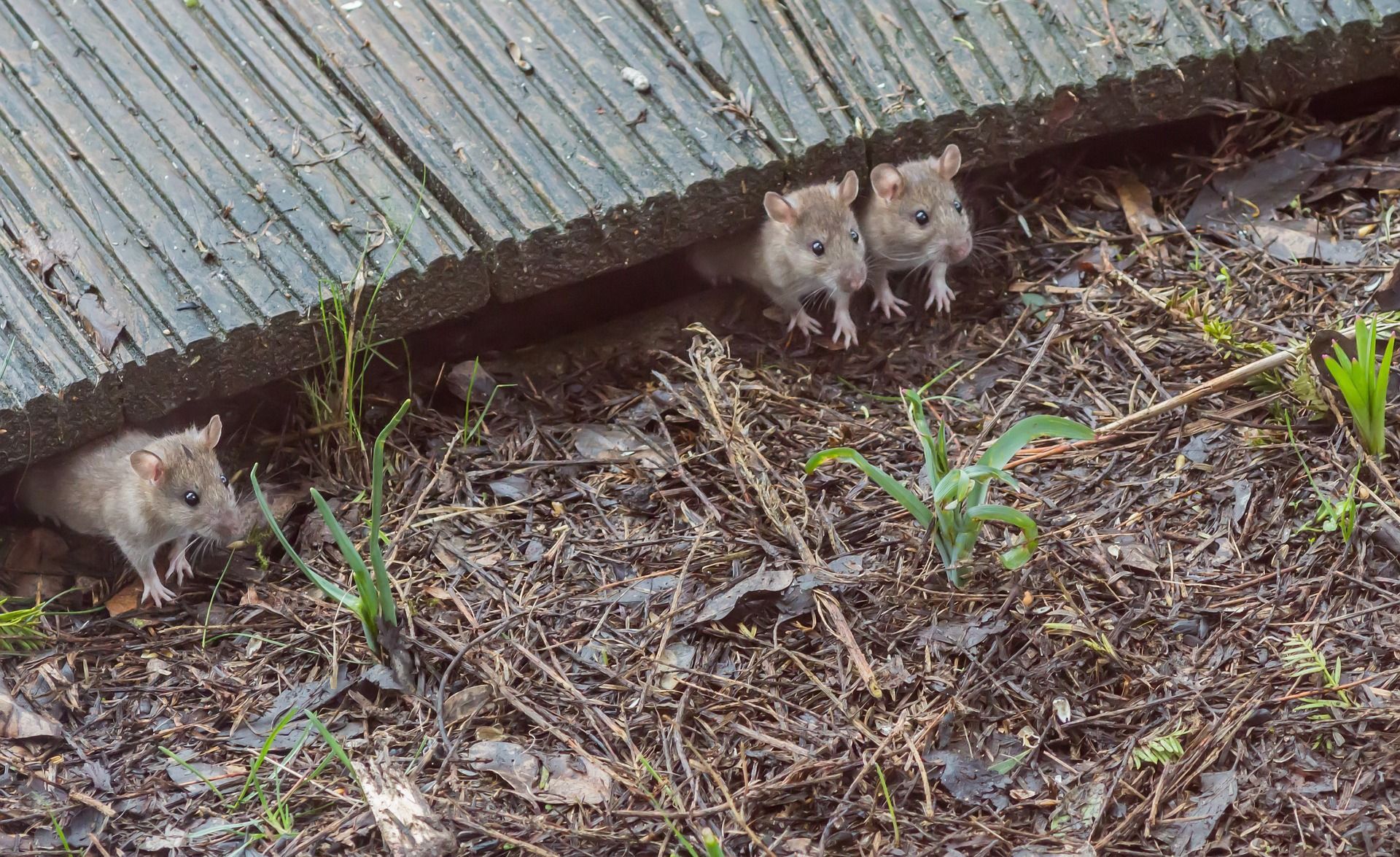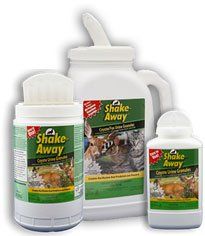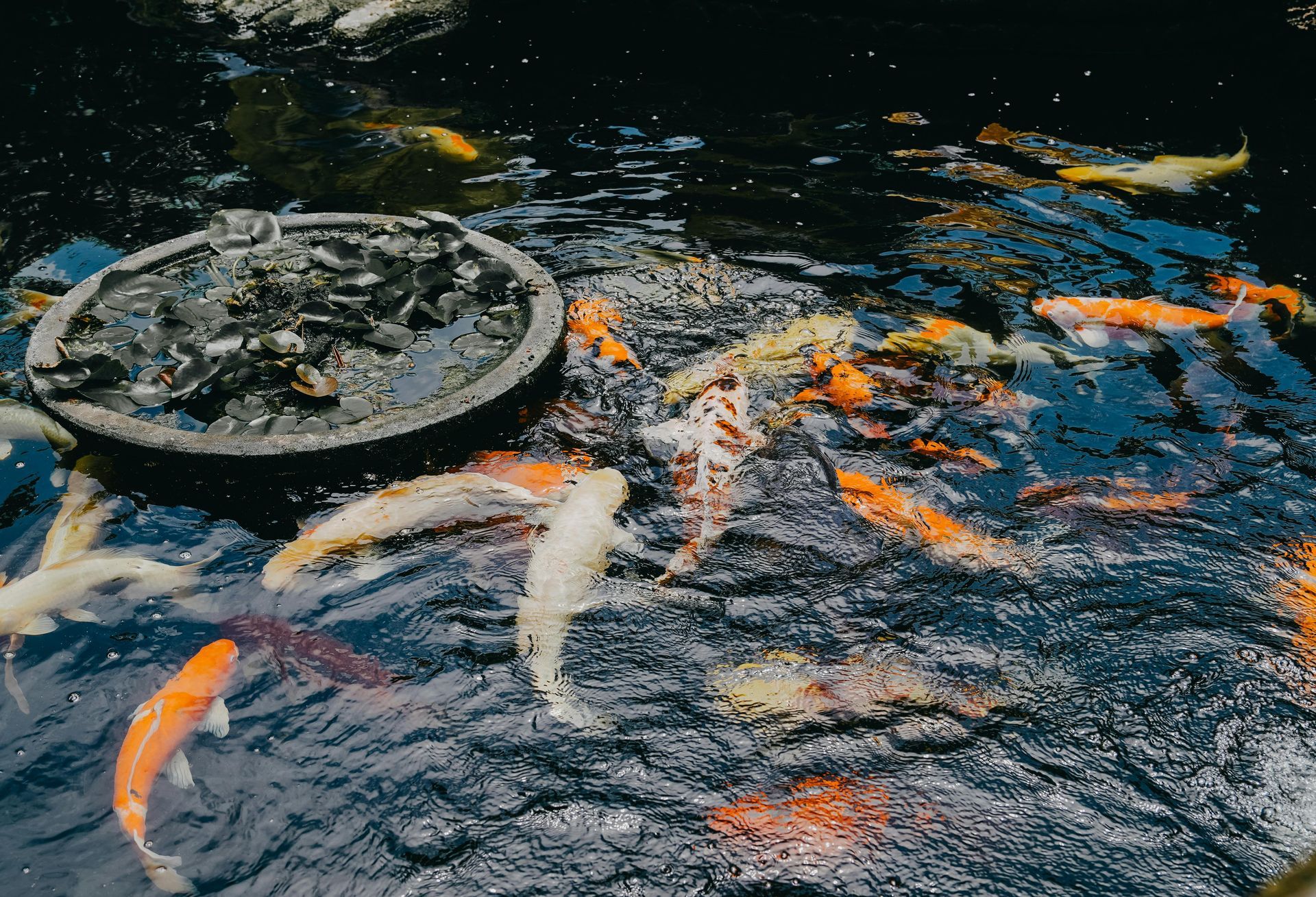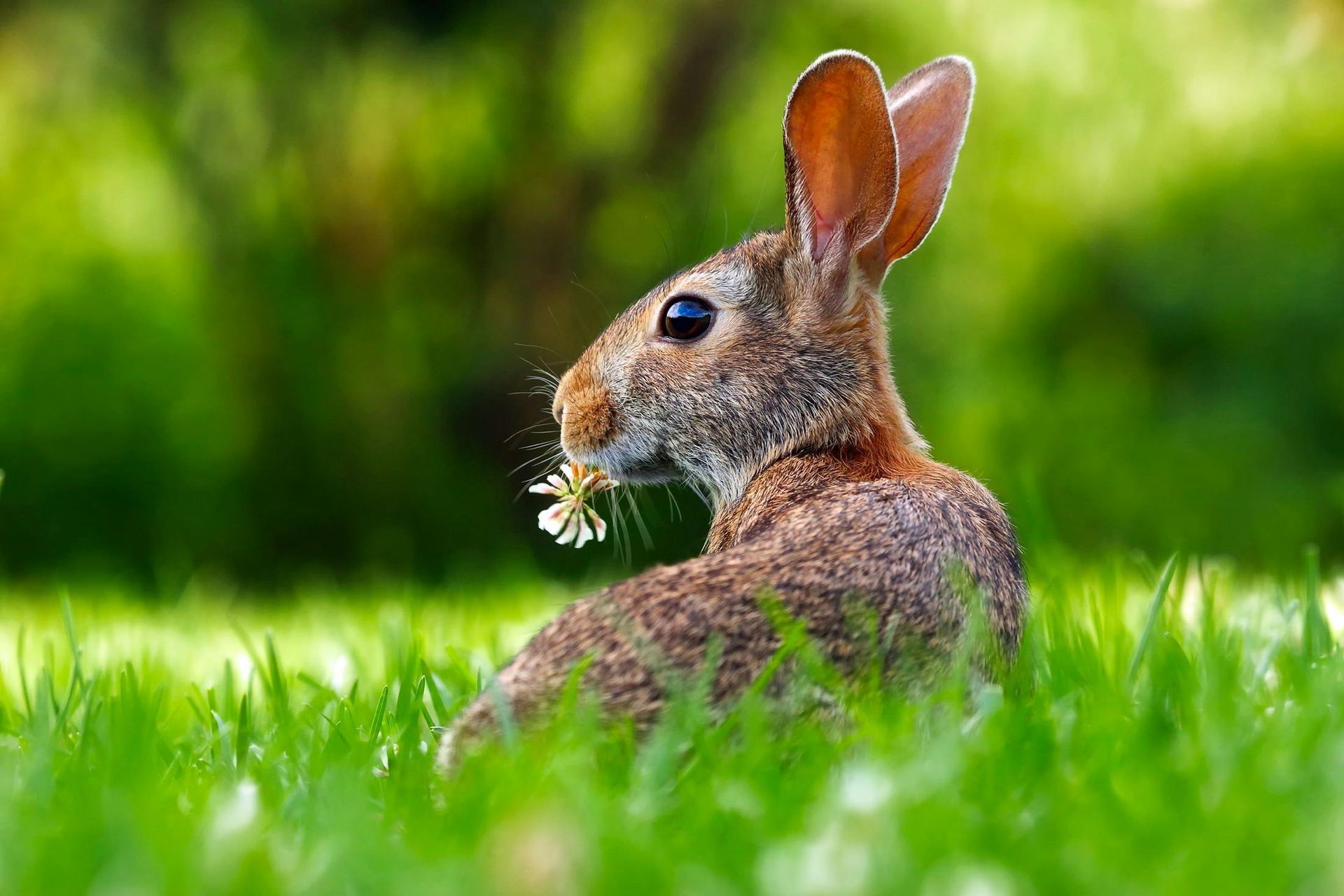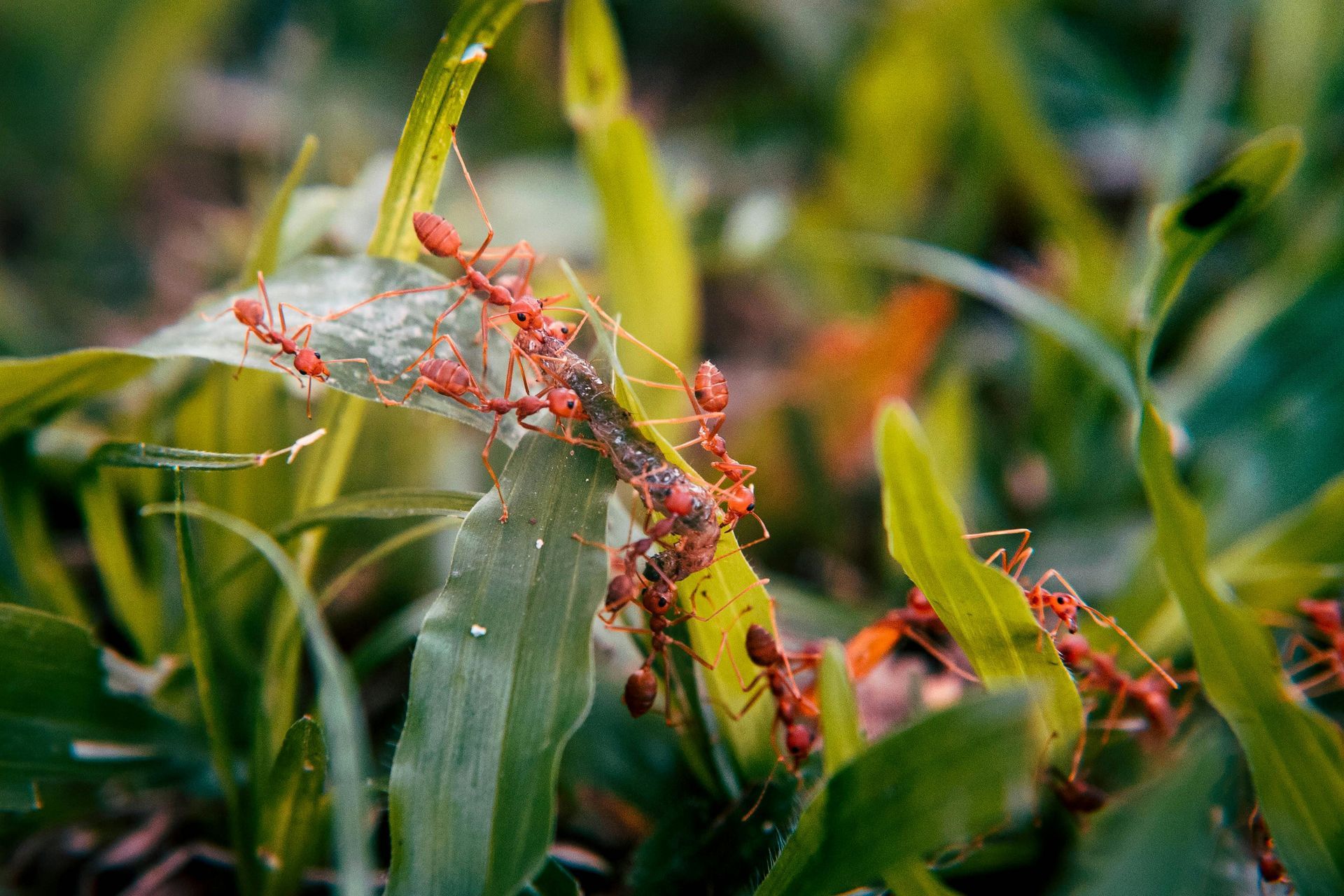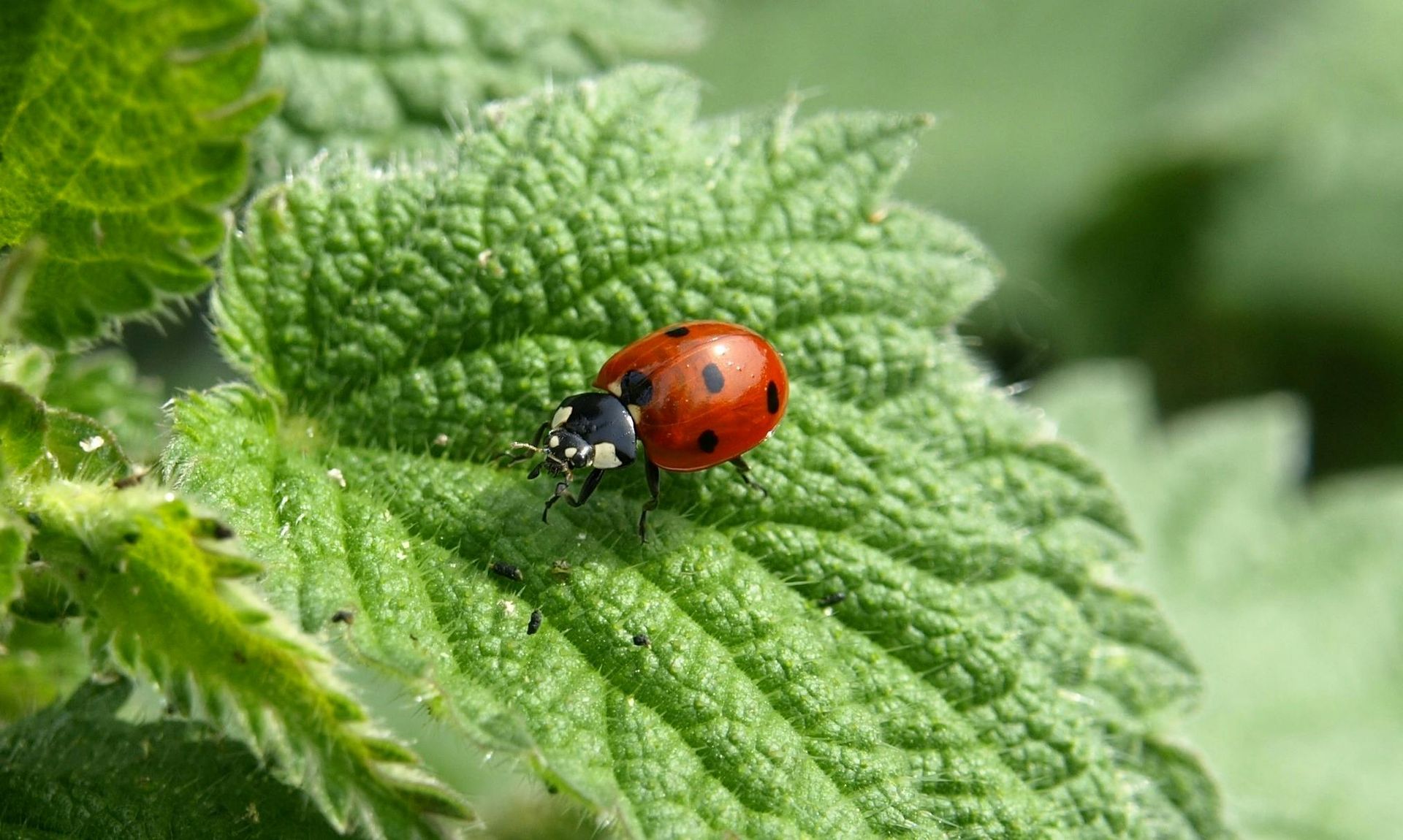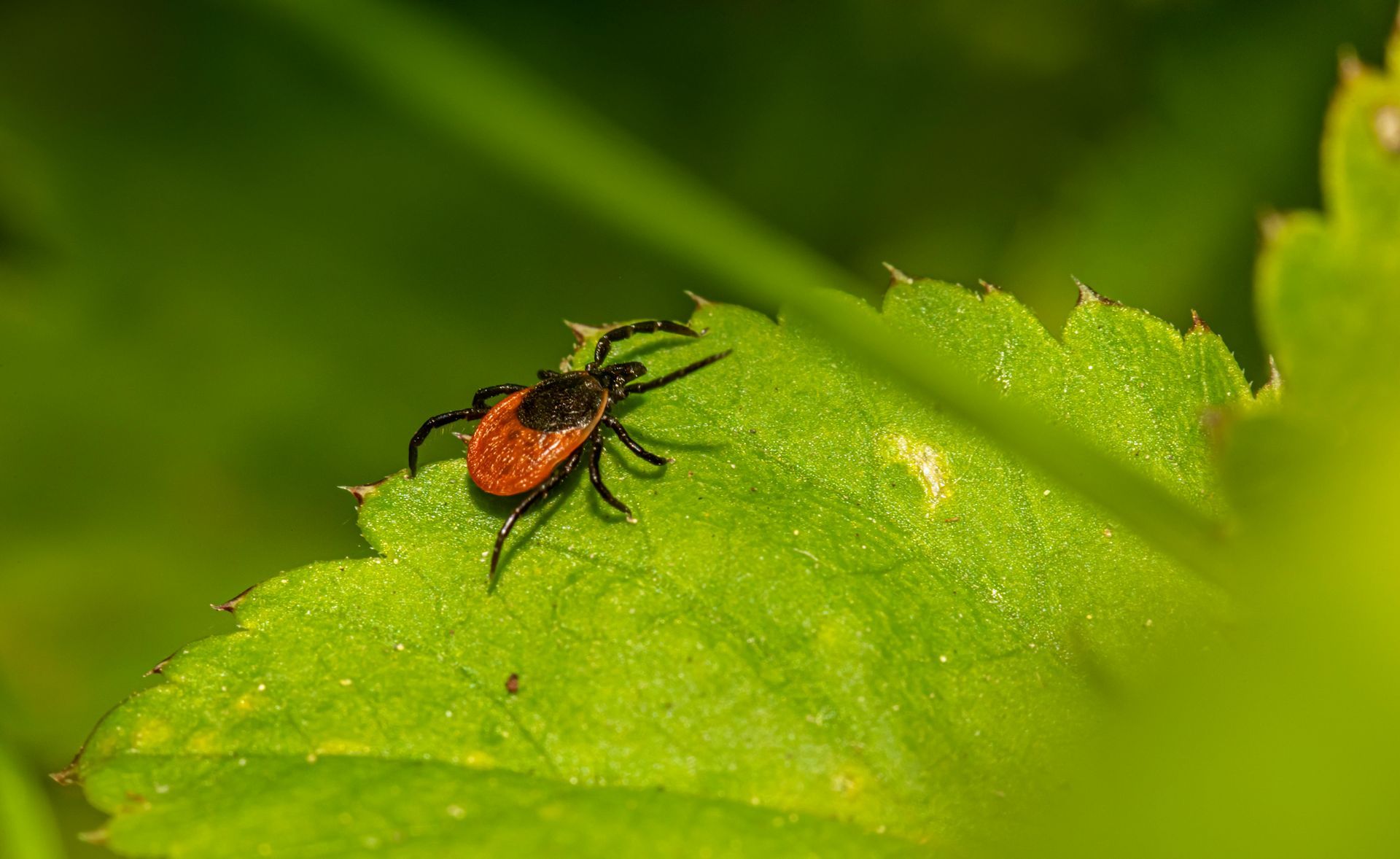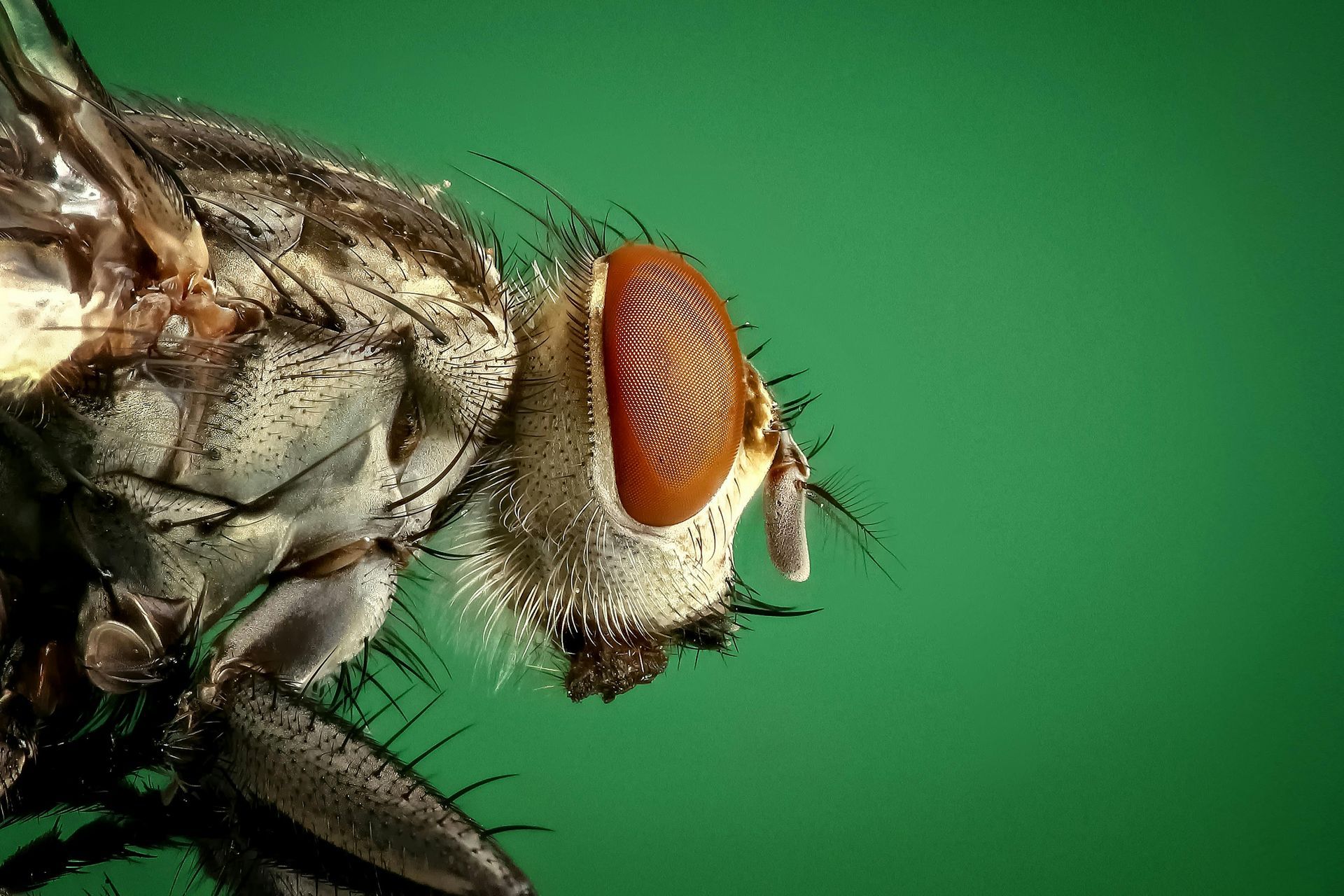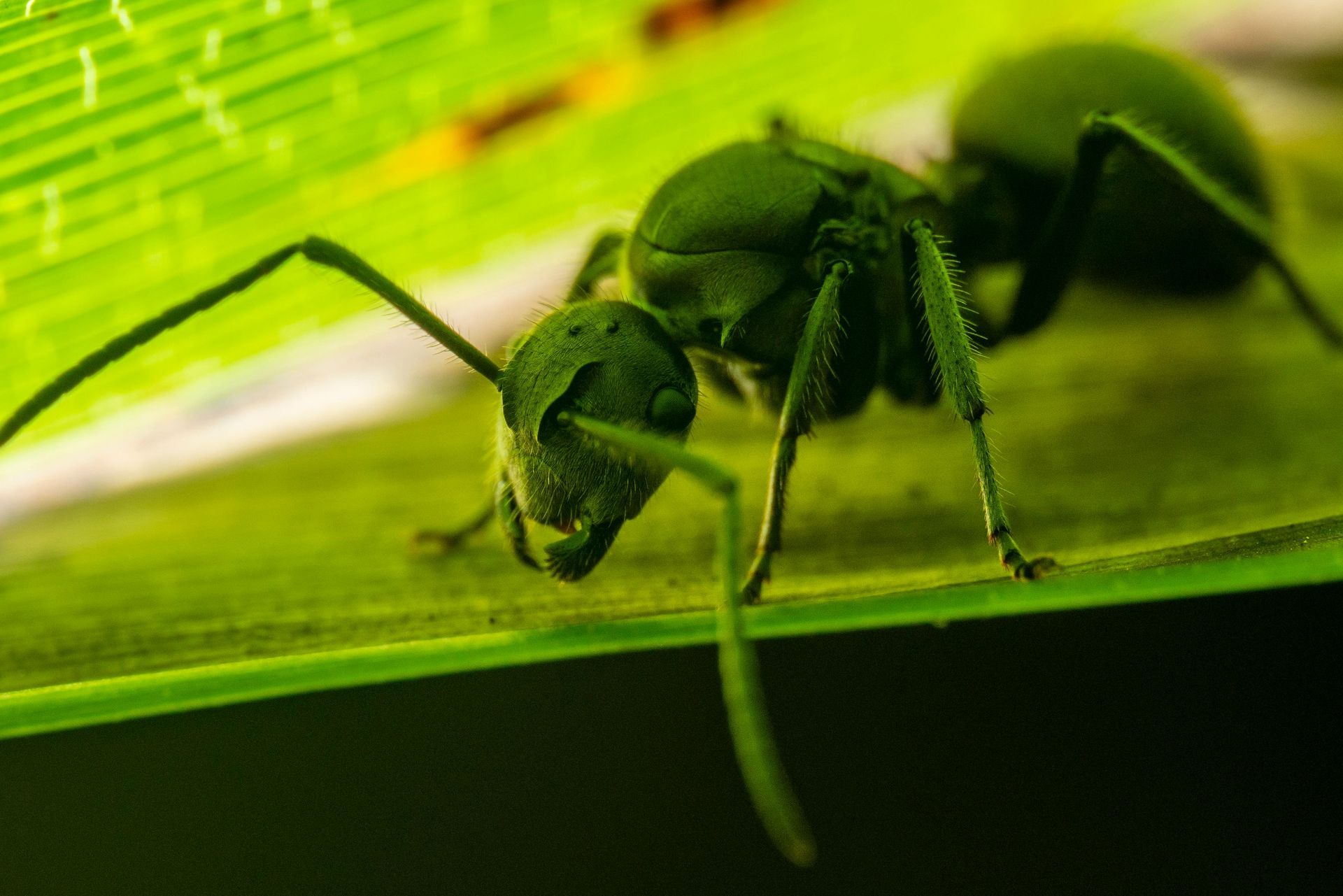How to Get Rid of Chipmunks

Cute, But Invasive, Chipmunks Can Ruin Your Garden and Home
When it comes to relentless chipmunk control, it would be hard to beat Kitzel, the rescue cat. She was old, ill, and very near the end of her life when she caught and enthusiastically devoured one last chippie, except for the head. It was horrifying to watch this feline
predatory excess, the cat had plenty of food inside. But I cheered and clapped, anyway. Because Kitzel was my cat; chipmunks are rodents; and rodents are trouble. To be fair, cute little chippies don’t cause trouble often. They are introverts, don’t breed fast, and typically have populations of only two to 10 per acre. Usually, the best step is to leave chipmunks alone. But when chippies are bad they can be very, very bad. Chipmunks are burrowers. Their tunnels can extend as long as 30 feet and can undermine landscaping, patios, and worst of all, building foundations. When that happens it’s time to act.
It’s very nice to have a close personal relationship with a stone-cold killer who is also furry and purrs and looks up at you with beguiling green eyes (for dog lovers, there are always terriers). In truth, there are far more effective and humane ways to address a chipmunk
problem. As the old adage goes, an ounce of prevention is worth a pound of cure. (In Kitzel’s case, that was 23 pounds. She was one scary cat.) Essentially, the best way to get to control chipmunks is to adopt a multi-tiered approach that makes your property less
attractive to them by combining physical barriers and habitat change with repellents and, if need be, trapping.
Physical barriers. Hardware cloth buried six to eight inches beneath the ground will discourage chippies from digging. But once they have, blocking tunnel entryways with stones and rocks after the chipmunks have left can encourage them to move on. While you’re at it, block up any holes that lead inside, with hardware cloth, cement, or foam.
Habitat control. Chipmunks often start tunnels near the protective structure of woodpiles, so keep these as far away from your home as practical. Ground covers, shrubs, and trees that connect wooded areas to structures also can result in dangerous burrowing. That also includes the wildlife and environmentally friendly meadows that have become increasingly fashionable. They can be lovely, but grasses adjacent to your house should be kept short. Recently, on our property, and with much regret, we’ve also stopped using
our composter because it was rodent-attractive. Also with much regret, we’ve never used bird feeders — not even in winter when local bears are hibernating.
Repellents. At our 200-year-old house and renovated barn, no amount of hardware cloth, cement, or spray foam will ever be enough to eliminate all the critter-friendly holes. So repellents are a necessary line of defense. We use every kind in the book, depending on location, from electronic to chemical. But by far, our ultimate weapon is commercial repellents you scatter around a building that use the scent of predators to drive away unwanted animals.
Trapping. When all else fails, catch-and-release traps set near chipmunk burrows are considered the most humane, since they allow you to relocate the animals to a more appropriate location — like the woods. But be aware, some chippies may starve in their new, unfamiliar location. For difficult infestations, you may have to use lethal snap traps designed for rats.
If you remain over-run with chipmunks that are wreaking havoc on gardens and buildings, your next step is to call a professional. While cats and dogs can be effective predators, they are high commitment investments and you never know in advance how good they’ll be at their jobs. The best bet for immediate help controlling chipmunks when all your DIY efforts come to naught would be to seek the assistance of humans who specialize in wildlife removal.
Frances Black is a writer and gardener living in a 200-year-old farmhouse. She was born in Michigan and has planted gardens everywhere she's lived, from New Mexico to New England.
Critter Repellent All Natural Animal Repellent Blog
